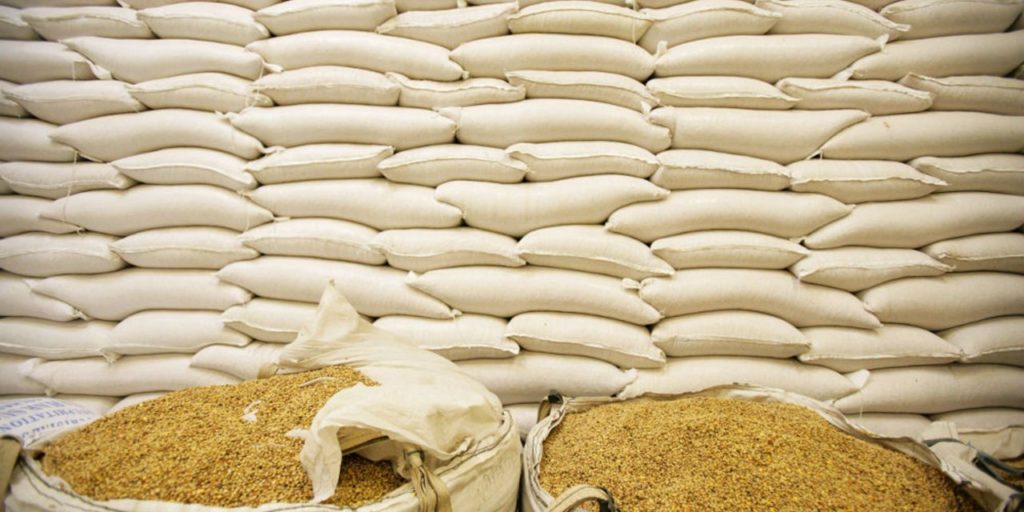Maize imports to choke current account in 2024
Zimbabwe’s current account balance will decline considerably further if imports of maize are required to fulfil demand amid the El Nino-induced drought, according to IH Securities.
Countries recording a current account deficit have strong imports, low saving rates and high personal consumption rates as a percentage of disposable incomes.
With a predicted El Nino-induced drought in the 2023–2024 season, the agricultural sector is likely to shrink by 4,9 percent in 2024, bringing the sector’s contribution to GDP down to a four-year low of 11,6 percent.
“Recent rains across the country have signalled a weakening of the El Nino phenomenon, however, which leaves hope for a good winter crop and tobacco, although grain will still be impacted,” stated IH Securities in its Equity Strategy 2024 report.
Zimbabwe saw its maize import bill jump by 213,93 percent in the eleven months to November 2023 according to the latest figures released by the Zimbabwe Statistics Agency (ZimStats).
In the period under review the country imported maize valued at US$100,08 million, which is 213,93 percent higher than the US$31,88 million used last year to import the grain.
The maize imports have increased as millers and stockfeed manufacturers are now allowed to import grain to cover the gap in their own requirements duty free.
“Given a projected turbulent agricultural summer cropping season and the expected moderation of hard commodity prices, lower bottom of the pyramid liquidity is expected in 2024, potentially impacting consumer demand.”
Zimbabwe recorded a current account surplus of 1 percent of the country’s GDP in 2022.
Current Account to GDP in Zimbabwe averaged -4,83 percent of GDP from 1977 until 2022, reaching an all-time high of 4,10 percent of GDP in 2019 and a record low of -19,30 percent of GDP in 2008.
According to the Treasury, economic growth will be 5 percent in 2024 and 2025, whereas the IMF predicts growth of 3,6 percent and 3,5 percent in the same years.
Economist, Gladys Shumbambiri – Mutsopotsi said the surge in Zimbabwe’s US$100 million imports of maize in 2023, marking a 213 percent increase from 2022, is indicative of a growing demand from stock feed producers.
“This heightened import activity underscores the critical role maize plays in sustaining the livestock industry, highlighting the need for a strategic approach to domestic production and food security,” she said.
Economic analyst, Namatai Maeresera, says Zimbabwe’s increased maize imports reflect a complex economic landscape, necessitating a nuanced strategy for balancing self-sufficiency and trade dynamics.
“Economic implications of heightened maize imports underscore the need for adaptive policies, promoting both domestic agriculture and international trade alliances,” he said.
Cabinet in December 2023 received an update on maize, which was presented by the Minister of Lands, Agriculture, Fisheries, Water and Rural Development, Dr Anxious Jongwe Masuka.
“The nation is informed that as at December 10, 2023, the Grain Marketing Board (GMB) had in stock a total of 235 095 tonnes of grain, comprising 188 353 tonnes of maize and 46 742 tonnes of traditional grains. At the prevailing monthly consumption rate of 23 000 tonnes per month, the available grain will last 10,2 months,” cabinet reported.
Cabinet highlighted that the GMB has a 46,8 percent market share of maize. A total of 313 719 tonnes, comprising 186 341 tonnes of maize, were imported by the private sector between April 1 and December 3, 2023. A cumulative 1 710 tonnes of maize at an average price of US$310 per tonne have been marketed through the Zimbabwe Mercantile Exchange (ZMX).
Speaking during a tour of the National Foods Holdings Limited facilities in Harare recently Lands and Agriculture Deputy Minister, Vangelis Haritatos said Zimbabwe had enough grain in stock.
“As a nation we have adequate stocks at the Grain Marketing Board. On a monthly basis we consume about 70 000-75 000 tonnes of maize,” he said.
It is the difference between the total requirement and the GMB allocation that has driven up the imports in the country.
-ebusinessweekly











